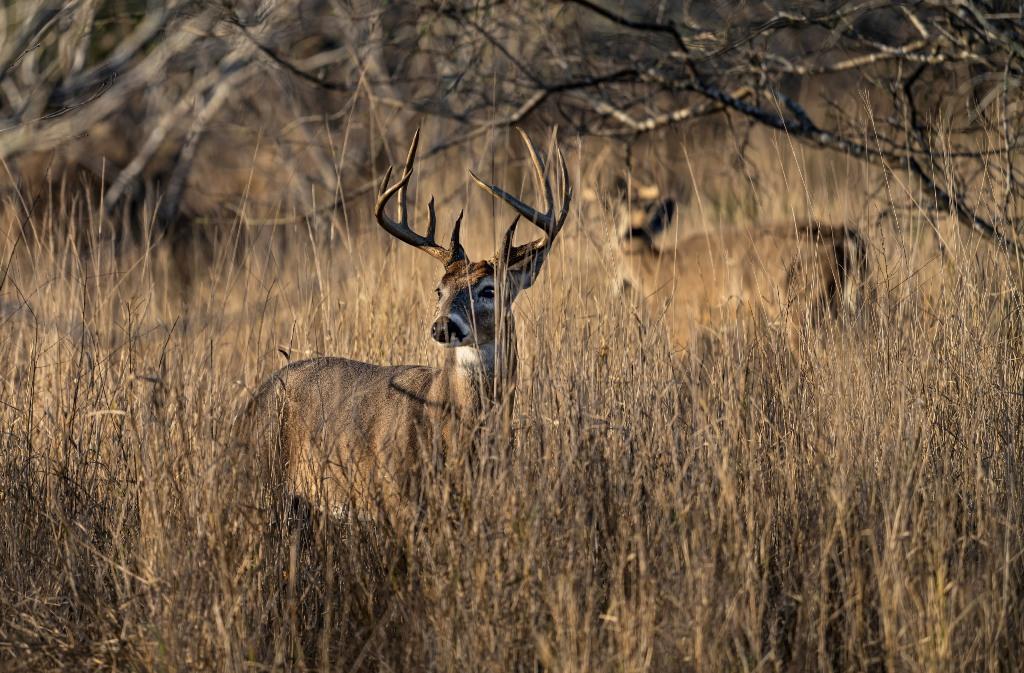Michigan’s Department of Natural Resources (DNR) is tracking a deadly deer disease that has been confirmed in 11 counties in the state.
The Michigan counties where EHD was identified are Barry, Berrien, Branch, Calhoun, Cass, Hillsdale, Kalamazoo, Kent, Ottawa, St. Joseph, and Van Buren.





